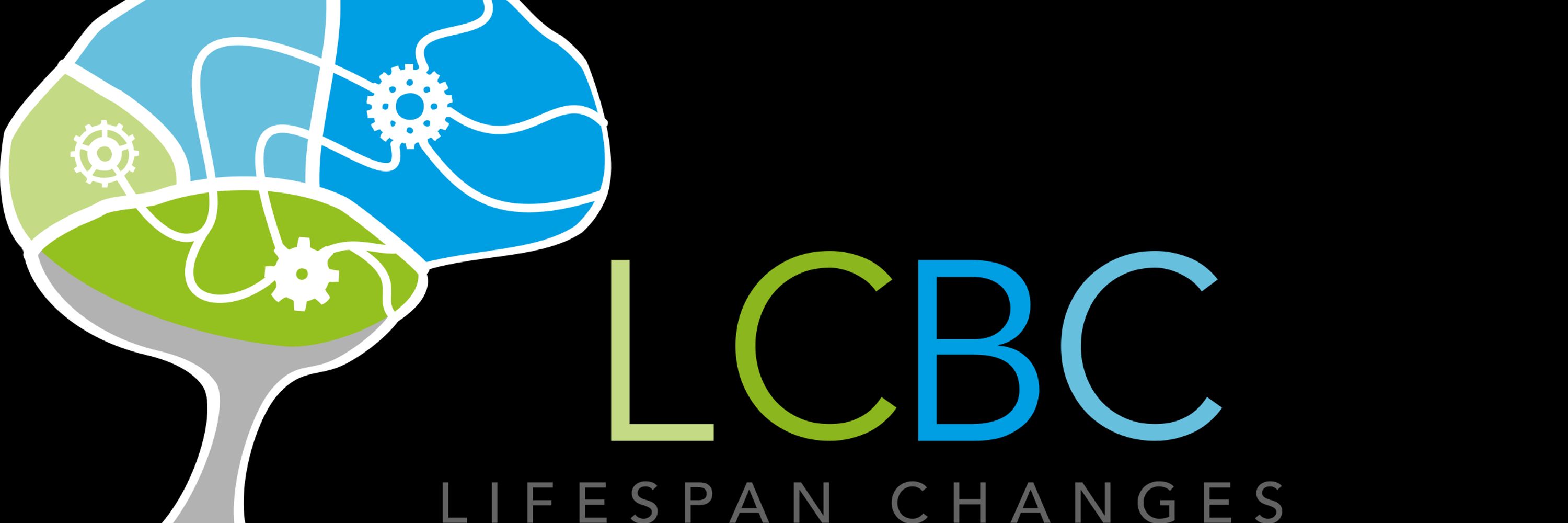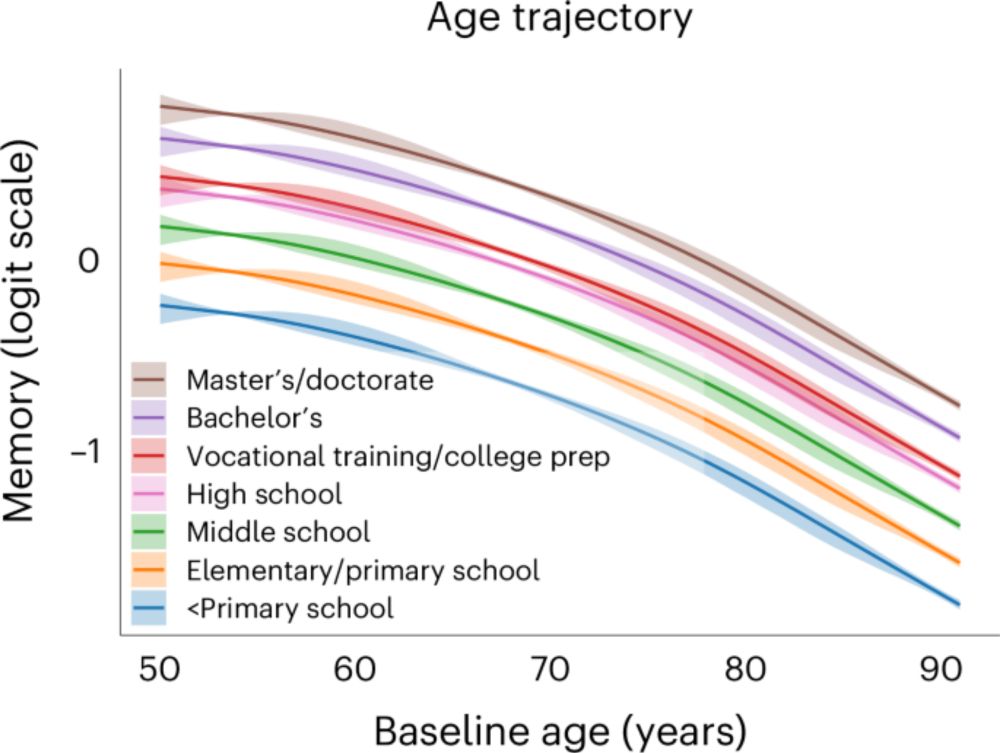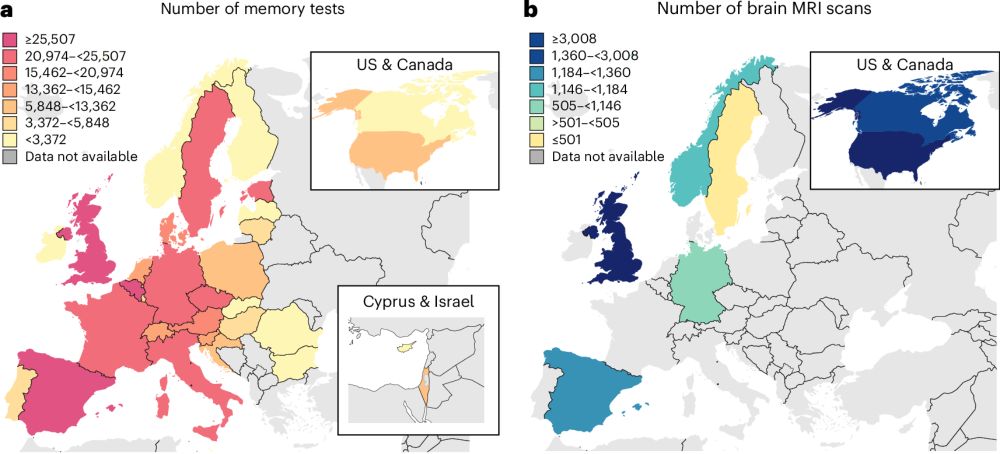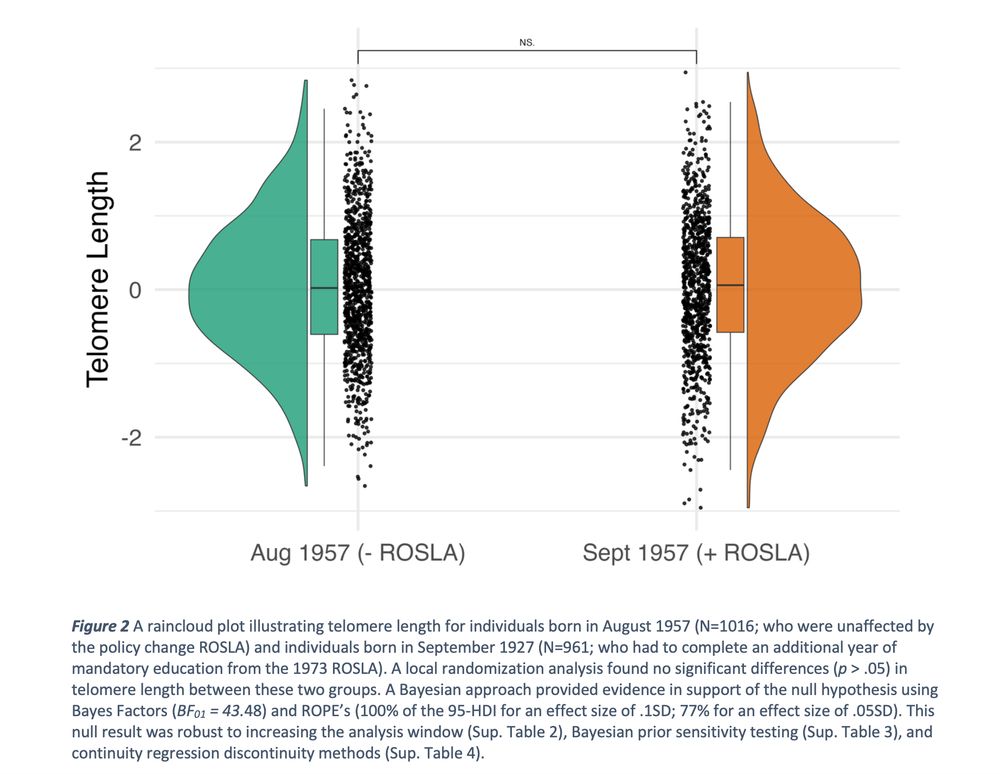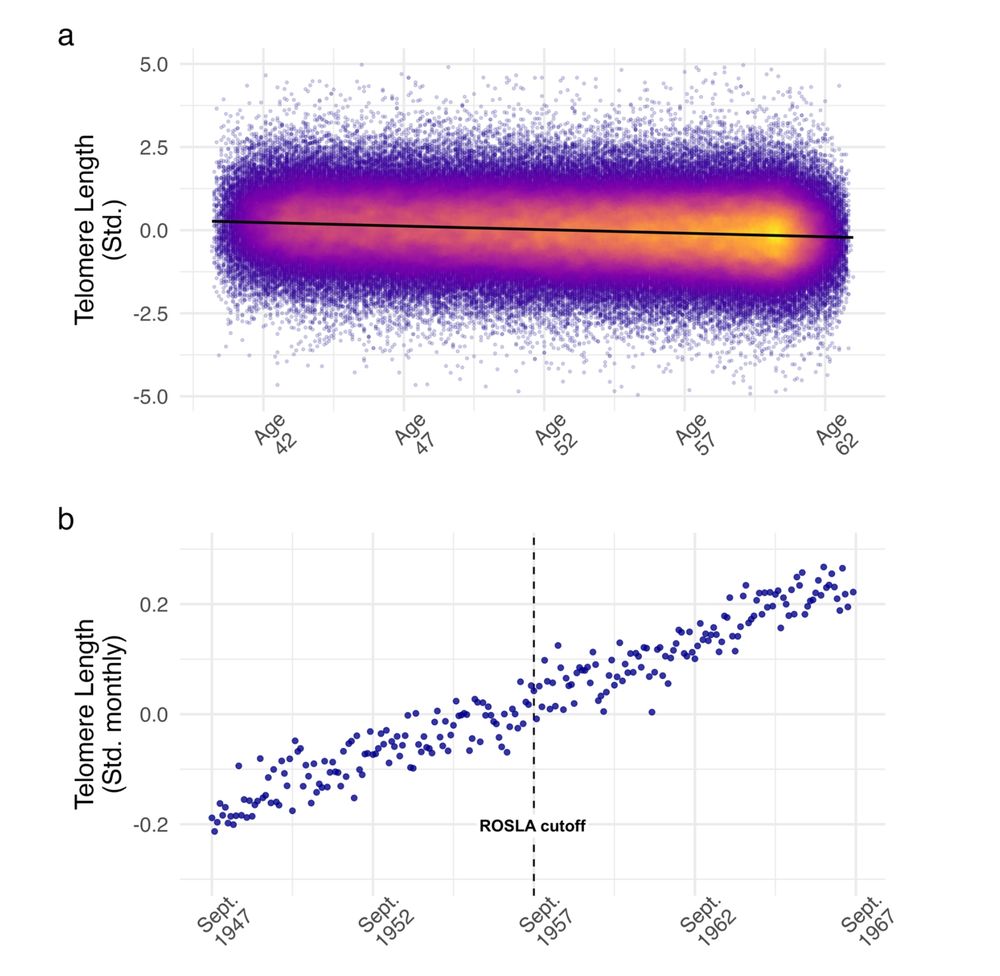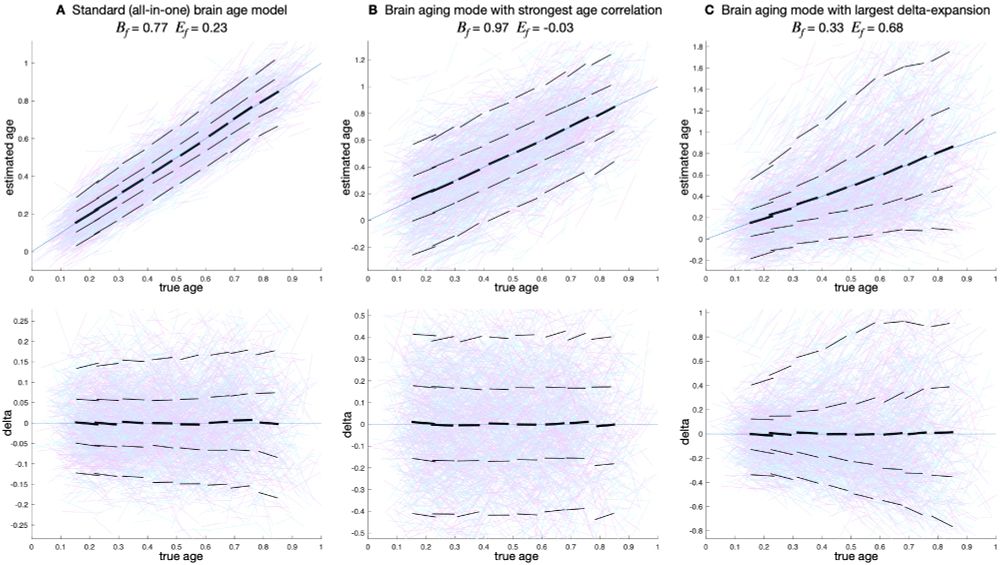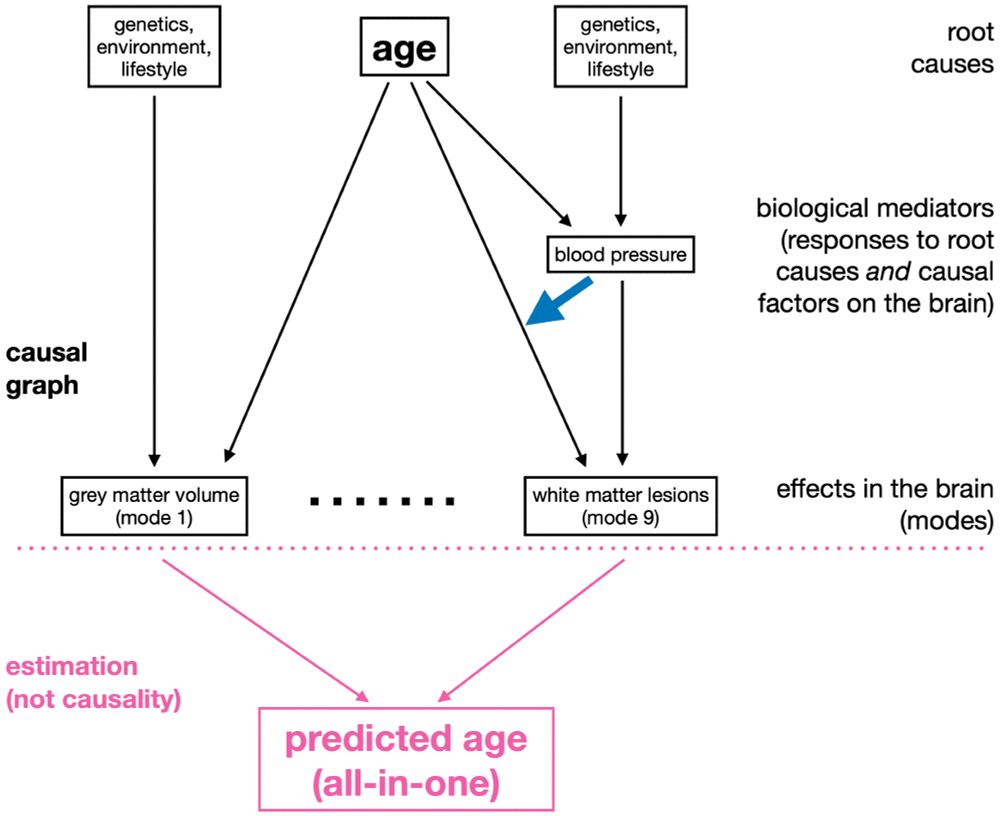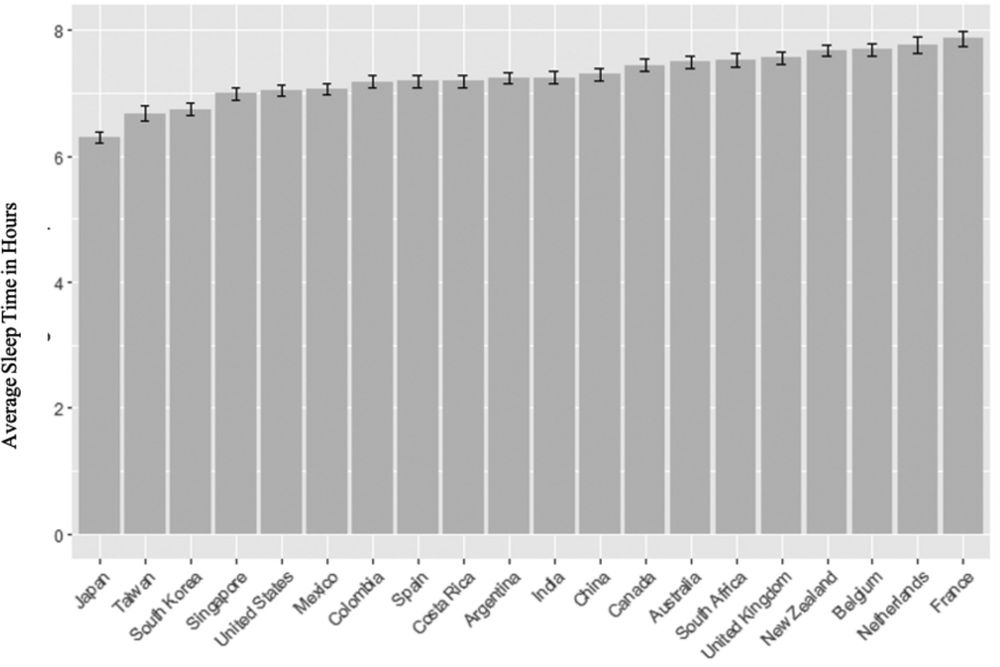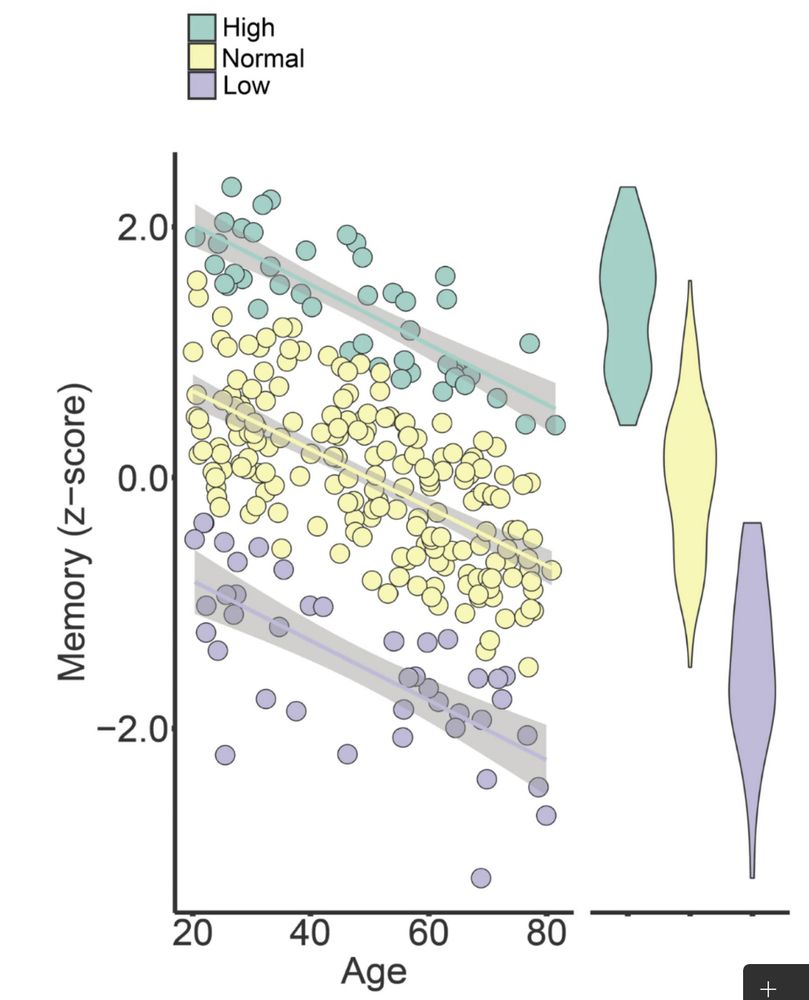Anders M Fjell
@andersfjell.bsky.social
160 followers
110 following
37 posts
Professor of psychology. Center for Lifespan Changes in Brain and Cognition. University of Oslo. Interested in the brain from the start to the end. www.lcbc.uio.no
Posts
Media
Videos
Starter Packs
Anders M Fjell
@andersfjell.bsky.social
· Aug 21
Anders M Fjell
@andersfjell.bsky.social
· Aug 21

Cortical thickness changes precede high levels of amyloid by at least seven years
Alzheimer's disease (AD) is now defined based on its underlying brain pathology, with the presence of amyloid (Aβ) plaques at high enough levels sufficient to warrant a diagnosis in the absence of cog...
www.biorxiv.org
Reposted by Anders M Fjell
Prof Sam Illingworth
@samillingworth.com
· Aug 12

Reevaluating the role of education on cognitive decline and brain aging in longitudinal cohorts across 33 Western countries - Nature Medicine
In a large cross-national study, education was linked to better memory and larger brain volumes but not to slower cognitive or brain decline with age, suggesting that the association reflects early-li...
www.nature.com
Reposted by Anders M Fjell
Reposted by Anders M Fjell
Anders M Fjell
@andersfjell.bsky.social
· May 30

Characterising ongoing brain aging from cross-sectional data
“Brain age delta” is the difference between age estimated from brain imaging data and actual age. Positive delta in adults is normally interpreted as implying that an individual is aging (or has aged)...
www.biorxiv.org
Anders M Fjell
@andersfjell.bsky.social
· Apr 30

Reliability of structural brain change in cognitively healthy adult samples
Abstract. In neuroimaging research, tracking individuals over time is key to understanding the interplay between brain changes and genetic, environmental, or cognitive factors across the lifespan. Yet...
direct.mit.edu
